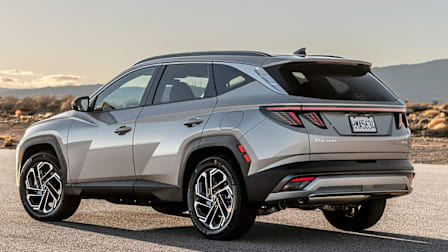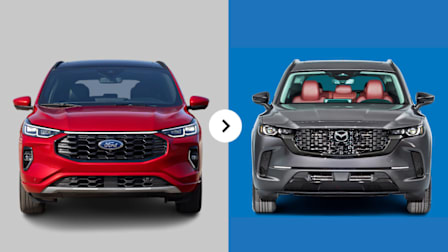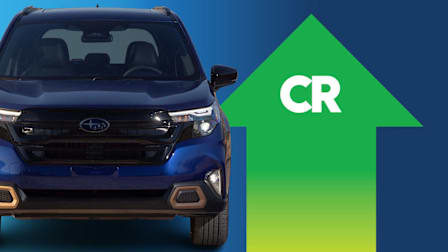Cars Most Likely to Have Paint Problems
These cars, SUVs, and trucks stand out in Consumer Reports' surveys for having frequent problems with bubbles, peeling, and flaking
Automotive paint science has come a long way. Today’s cars have durable, attractive finishes that can stand up to harsh sunlight, foul weather, and dirty birds. The colored paint is protected by resilient clearcoats that preserve a shine for many years with just periodic car washes and seasonal waxing. But there are some models that develop paint problems—including bubbles, peeling, and flaking—that detract from the car’s appearance, risk corrosion, and require expensive repairs.
In scrutinizing CR’s car reliability data, we identified 10 models that have had more than their share of paint problems over the past decade. CR members reported issues with these vehicles that include bubbling, fading, and peeling paint.
Got Paint Problems? Do This.
Photograph and track them. Work with your dealership if your vehicle is still under warranty. Otherwise, consult a body shop, which can assess the problem and suggest options to improve the appearance and hopefully reduce the spread.
To find TSBs for your car, try a Google search. Or go to the National Highway Traffic Safety Administration’s recalls page and enter your car’s year, make, and model in the Recalls search field. TSBs are listed in the results under Manufacturer Communications. Paint problems are categorized as “structure.” You can also see feedback from other owners under the Complaints tab.
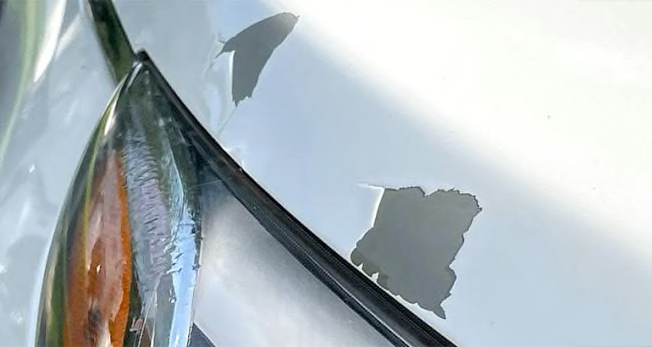
Photo: Brian Goldstein/Consumer Reports Photo: Brian Goldstein/Consumer Reports

















